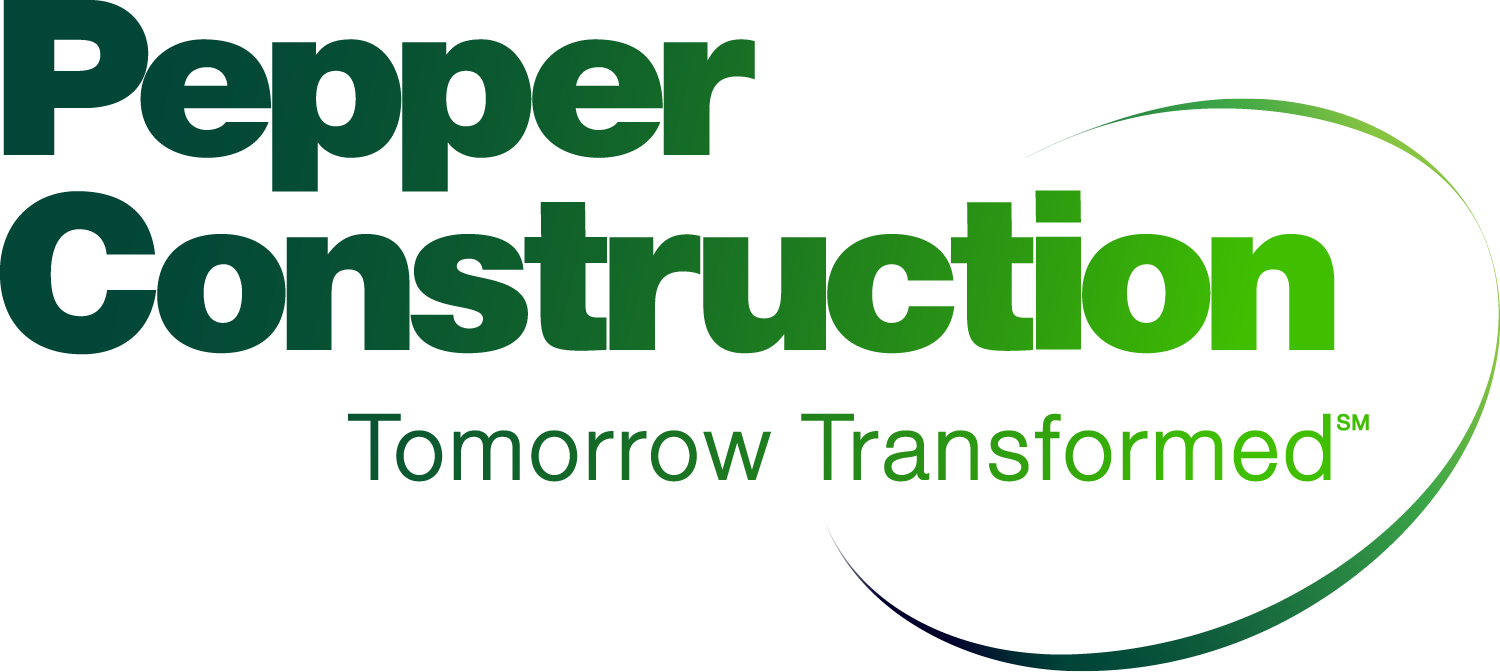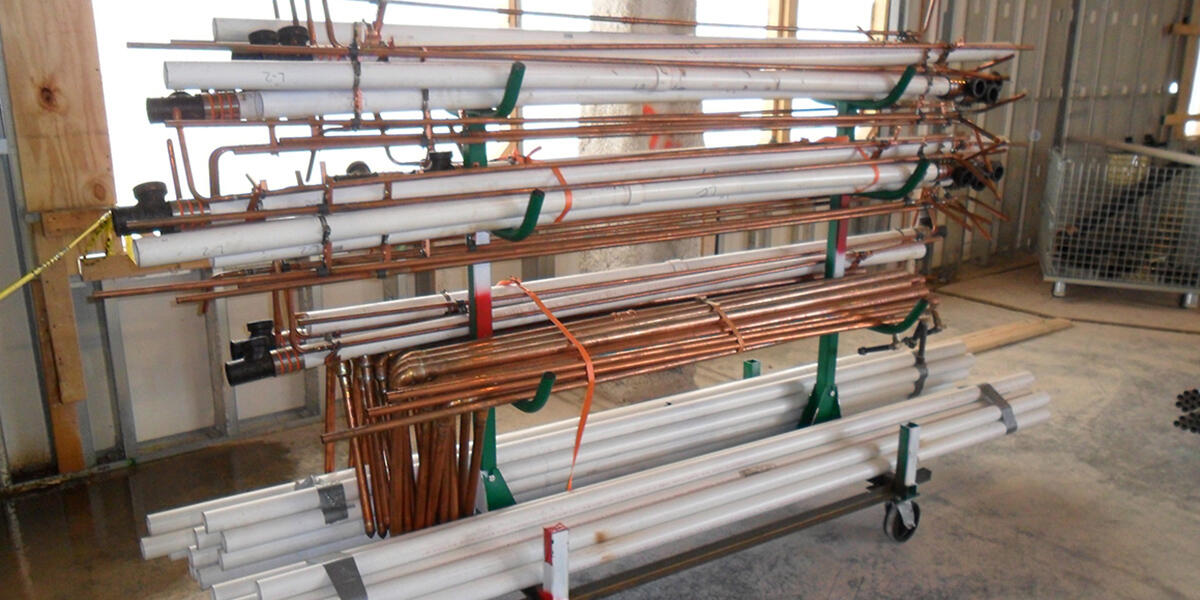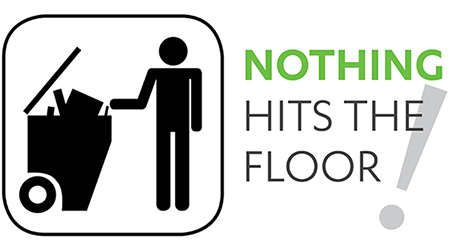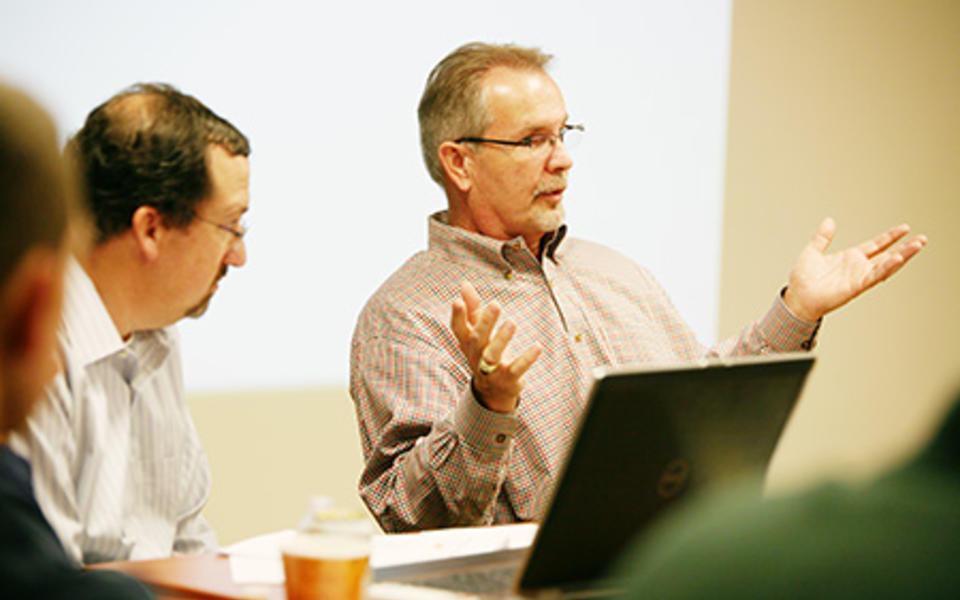High performance & sustainability, Safety
Our most sensitive jobsites take extra measures to maintain the proper indoor air quality. Healthcare projects require the use of Infection Control Risk Assessments (ICRA) and Interim Life Safety Measures, which can include the use of HEPA filters and coveralls. For cleanrooms, anti-rooms are used to sanitize materials before they are installed, and workers are trained, badged and suited up before they are allowed in the space – throughout construction and not just in the final days.
Owners see the jobsite as evidence that their investment will pay off. A messy and unorganized jobsite can leave a negative impression on the surrounding community. It can also indicate the potential for additional issues on your project.
Increased risk exposures - Construction debris, loose cords, materials and equipment strewn about the site can present tripping hazards and require more manual lifting, which increases opportunities for sprains and strains.
Quality control gaps - Working from dirty surfaces correlates with the quality of the work and requires closer monitoring to ensure proper installation.
Inefficient workflows - Unkempt jobsites can introduce delays, redundancy and unnecessary work. Workers sit idle waiting for their space to become available, and materials and equipment are moved more often than necessary.
Poor air quality - Any dirt and debris onsite will end up in walls, under flooring and in the systems that operate the building – and into the air that is breathed by the end user. The more dust and debris that remains onsite, the more likely it will be trapped in the building upon completion.
Nothing Hits the Floor
Conversely, a well-organized jobsite can mean a well-managed project. At Pepper, we’ve developed a program called Nothing Hits the Floor, which addresses safety, quality, productivity and performance at the same time. The goal is for all field personnel to keep work areas clean and for all materials to be mobile and installed as close to their delivery dates as possible. This is accomplished through an eight-step plan that is implemented in coordination with the trades.
01. Plan – Subcontractors submit a plan prior to starting the job.
02. Train – Pepper’s superintendents holds an orientation for subcontractors.
03. Mobilize – Materials are stored on OSHA-p mobile platforms or pallets with accompanying jackets.
04. Collect – Centralized cutting areas are set up, and subs use dust collecting equipment and floor coverings. Subcontractors are encouraged to consider prefabrication or pre-cutting of materials.
05. Clean – Mobile containers and equipment collect debris where the work is performed and are emptied into dumpsters daily.
06. Contain – Keeping cords off of the floor prevents tripping hazards.
07. Stage – Pepper and subs work together to minimize onsite staging of materials to less than a week.
08. Report – Material on-site date stickers track material deliveries and hold subs accountable.
Though still relatively new, the program has been integrated into bid documents, with the goal of rolling it out on all of our projects. Nothing Hits the Floor allows us to address the three metrics of safety, quality and high performance construction, and by involving the subcontractors in the plan, we also utilize lean construction principles.
Director of Safety Dan Ruane shares his perspective on how the program improves safety: “To me, Nothing Hits the Floor has multiple benefits. Walking into a clean, well-organized project really sets the tone for the project…Placing debris into receptacles immediately keeps the job clean and eliminates slip and trip hazards. Storing materials and equipment on racks and in containers reduces manual lifting and promotes the use of mechanical assistance to move items when necessary. It also allows contractors to be more efficient and spend less time moving these items by hand.”
A messy jobsite is more likely to put the tradesperson in the positon of making a decision about being productive, being safe or taking quality shortcuts. Since Nothing Hits the Floor addresses all of these, it encourages tradespeople to consider all three factors in their decisions.
A clean surface means higher quality execution, which also can result in a smaller punch list.
Director of Quality Management Corey Zussman appreciates Nothing Hits the Floor because, “it provides a clean work environment where the tradesmen can properly stage material. The site is orderly and clean, and this type of work environment fosters productive and quality driven tradesmen.”
A Better Building
Our tradespeople are on the front line, exposed to multiple hazards every day. We can’t control what architects specify – the materials or the required installation – but we can make sure our teams are well protected, from how long they are exposed to certain materials to the conditions in which they install the work. Further, by enforcing a clean, lean site, our clients receive a cleaner, healthier space at turnover.
About the Author






